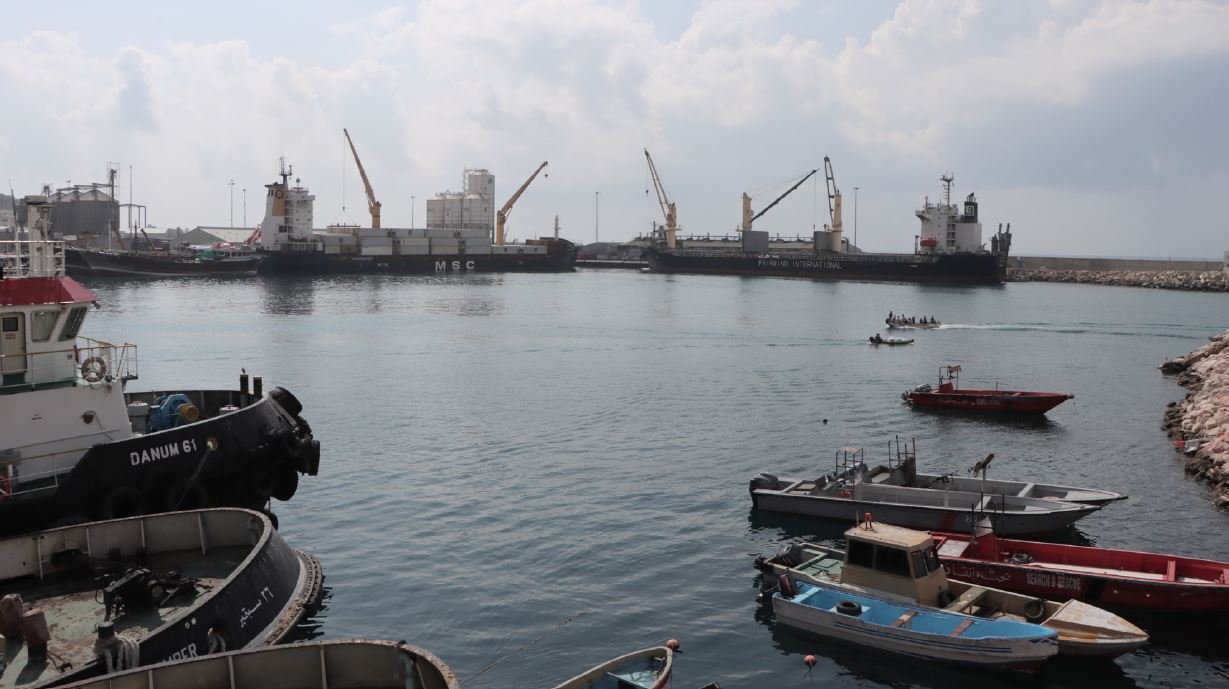Houthis and the oil trade: State-building through drone strikes
1 December 2022
There have been a series of drone strikes on southern Yemeni terminals in recent weeks. They come in the wake of heightened tensions in the southern hinterlands, but also follow a number of announcements by the Houthis aimed at deterring oil trade, which they claim is robbing Yemenis of their wealth. This rhetoric is not new in Yemeni politics, and it echoes a feeling shared by many Yemenis, regardless of whom they support.
By Kais Makhlouf, MENA Analyst
The oil trade, including its infrastructure such as in Ash Shihr and Qena, among others, has been the nexus of recent months’ fighting between various southern factions, some foreign backed. There have been many strikes on oil facilities, pipeline control facilities and overland oil convoys as far as 160 km inland, as Shabwani, Hadrami and other militias fight for control of the provinces and lucrative trade routes. These tensions started escalating shortly after the April ceasefire, and the summer of 2022 saw a rising number of little-reported incidents far from the coasts as armed groups sought to seize new terrain. The small scale and remoteness of these incidents likely explain many observers’ surprise at the autumn attacks.
This appears to be the latest culmination of years of tension between power players which have been competing for control of lucrative trade routes. Trade in Yemen, particularly in the east and the South, has never stopped and local potentates have consistently sought to control the wealth it generated. Armed groups and businessmen have seized ports from nominally allied factions, others have built new facilities altogether and engaged in trade outside of any legal framework. In that light, Oman’s latest initiative to encourage trade to Yemen through the Omani Salalah port really appears to be a formalisation of deep-rooted trade links more than a new trade route. In short, the April ceasefire has allowed for anti-Houthi actors to redirect their efforts against non-Houthi rivals, intensifying the competition armed and economic between all.
What is new is the Houthis’ very public foray into the southern trade conflicts. The Houthis have long been aware of what they consider illegal oil exports, but had previously not made such a fuss about it. This hardened approach is likely due to the realisation by many actors, including the Houthis themselves, that they are here to stay. The Houthis have good reason to believe that they have secured their seat, and it is increasingly likely that the war will end with a Houthi-controlled Northern Yemeni state. This, and the continued absence of significant clashes between the SLC and the Houthis, means the Houthis can focus on consolidating their capture of the economy and shift the fighting from the military to the economic front. The Houthis are not seeking to prevent trade, they just want to be the ones benefiting from it. This is visible in their targeting: the facilities serving tankers were struck, but never the tankers. The message is clear: you can trade with Yemen, but only through us.
RELATED CONTENT:
Risk Intelligence provides different whitepapers on a variety of topics that are of interest to our maritime audience. Check out our whitepapers and hot topic special reports for more information on the most essential security issues.
Learn more about the potential scenarios for peace in Yemen and get a complete picture of how they will impact maritime security; request our dedicated piece on the topic and receive a comprehensive summary of the impact on maritime trade in the Bab el Mandeb.

